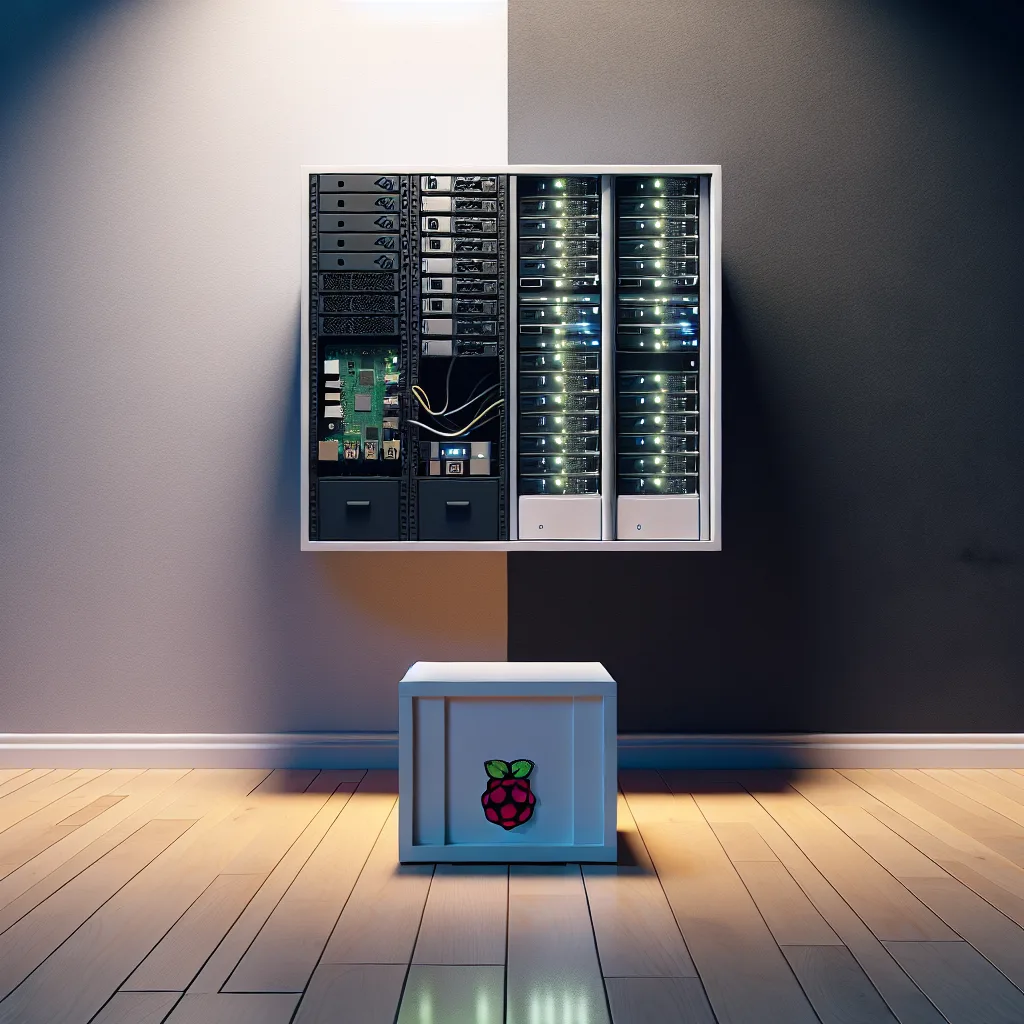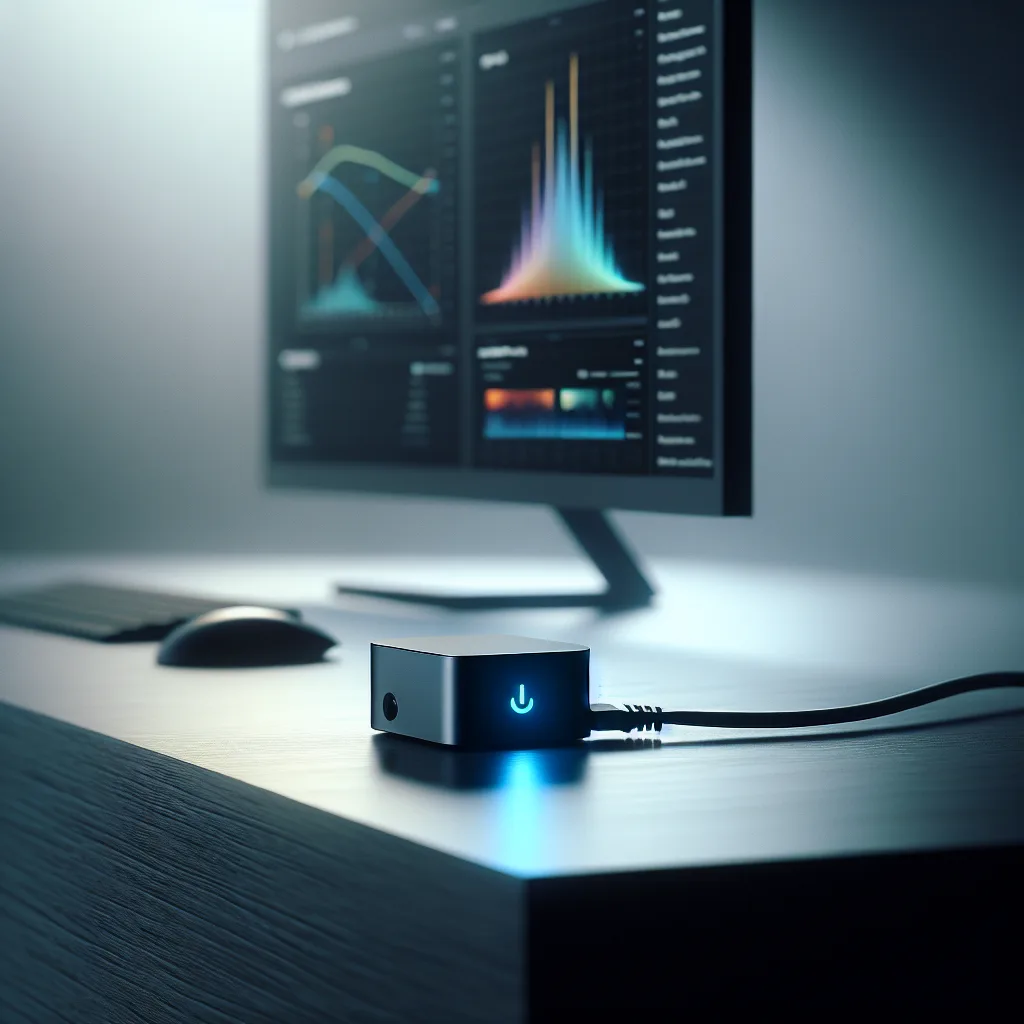Got a spare computer? Turn it into a powerful home server! This guide walks you through setting up Proxmox, handling hardware, and remote access with WireGuard.
So, you got a new computer.
Maybe it’s a small, quiet box you found online, or maybe it’s an old desktop that was just collecting dust. It has that new-project energy. That “I could do something cool with this” feeling.
But then comes the big question: What now?
If you’re anything like me, your mind starts racing. Could it be a media center? A place to back up files? A laboratory for tech experiments? The answer is yes, to all of the above. You’re on the verge of building your first home server. And it’s way more fun and less intimidating than it sounds.
Let’s walk through turning that box into the digital heart of your home.
First, a Quick Look at the Hardware
You might have popped it open and found some interesting parts inside. I recently heard about a machine that had a hybrid Intel Optane and NVMe SSD drive.
If you’ve run into one of these, you might be scratching your head. What’s the Optane part for?
Here’s the simple version: Intel Optane was designed as a cache to speed up slower, traditional hard drives (the spinning kind). It was a pretty neat idea at the time. But here’s the thing—it was meant to help a slow drive feel fast. Your NVMe SSD is already fast. Really fast.
So, for a home server project in today’s world, that Optane portion is mostly useless. It adds a layer of complexity you just don’t need. My advice? Just ignore the Optane functionality. Treat the drive as a standard NVMe SSD. If the drive is too small for your ambitions, you might even consider swapping it out for a simple, larger NVMe or SATA SSD. Keep it simple.
Giving Your Server Its Brain: Meet Proxmox
Okay, hardware sorted. Now, what software do you run on this thing? You could just install Windows or a standard version of Linux, but if you want to unlock its true potential, you’ll want a “hypervisor.”
Think of a hypervisor as a lightweight base camp for your server. It lets you run multiple, separate operating systems all on the same machine, all at the same time. It turns one computer into a dozen little computers.
The best place to start? Proxmox.
It’s free, incredibly powerful, and has a huge community behind it. You install Proxmox first, and from there, you can easily create “virtual machines” (VMs) and “containers” (LXCs).
Don’t let the terms scare you. It’s basically like digital Lego. You can spin up a new container in seconds to try something out and then tear it down just as fast if you don’t like it.
What can you build with these digital Legos? Here are a few ideas to get you started:
* Ad-Blocker: Install Pi-hole to block ads across your entire home network. No more annoying banners on your phone or smart TV.
* Media Server: Set up Jellyfin or Plex to organize your movies and TV shows into a beautiful, Netflix-style library you can stream anywhere.
* Smart Home Hub: Run Home Assistant to finally unify all your random smart plugs, lights, and sensors into one amazing interface.
* Personal Cloud: Use Nextcloud to create your very own private Google Drive or Dropbox for your files and photos.
Suddenly, this little box is doing a lot of heavy lifting for you, and you’re learning a ton along the way.
Accessing Your Lab from Anywhere
Your server is humming along at home, but what if you’re at a coffee shop or traveling and want to check on it, grab a file, or show a friend your new media setup?
This is where remote access comes in. It has two parts: connecting securely and then controlling the machine.
For the secure connection, the best tool for the job right now is WireGuard. It’s a modern VPN (Virtual Private Network) that creates a super-fast and super-secure “tunnel” from your laptop or phone directly to your home network. It’s like having a very, very long Ethernet cable that follows you everywhere. Setting it up is a great weekend project, and once it’s running, you’ll wonder how you ever lived without it.
Once you’re connected via WireGuard, you can control things. Proxmox has a great web interface that lets you manage all your virtual machines. And if you’ve set up a VM with a desktop (like Windows or Linux Mint), you can use standard Remote Desktop (RDP) or VNC software to see and use its desktop as if you were sitting right in front of it.
It’s a Journey, Not a Destination
And that’s really it. You start with a box. You install a powerful base like Proxmox. You start building things you find useful or fun. You figure out how to access it from anywhere.
Don’t worry about getting it perfect on day one. The real fun of a home lab is the process itself. The tinkering, the problem-solving, and the “aha!” moment when your new service finally clicks on.
So go ahead, plug it in, and start building. You’ve got this.




